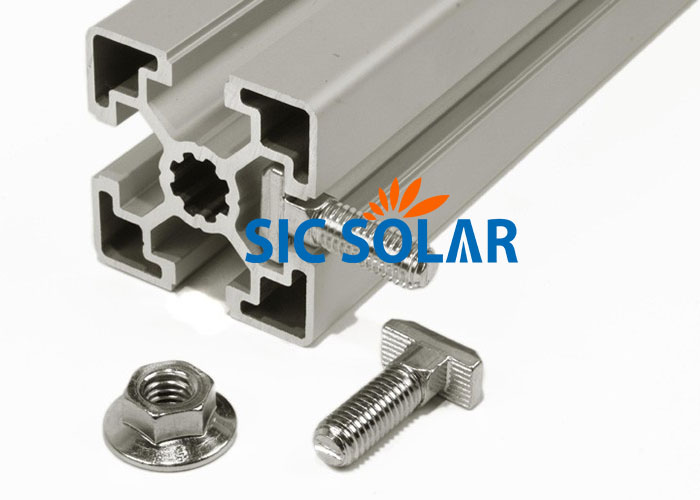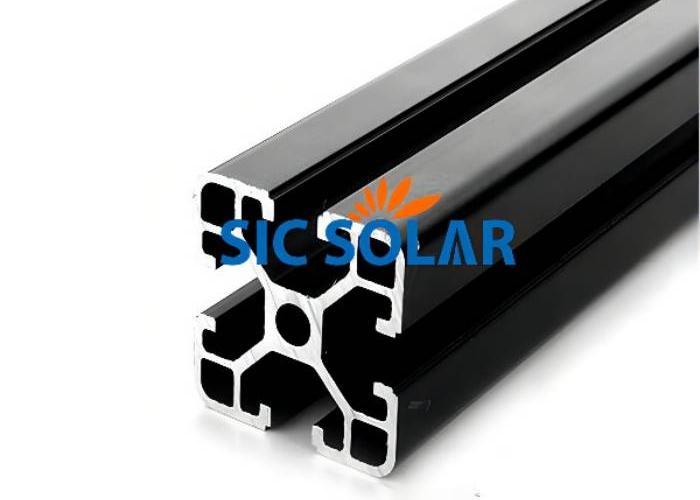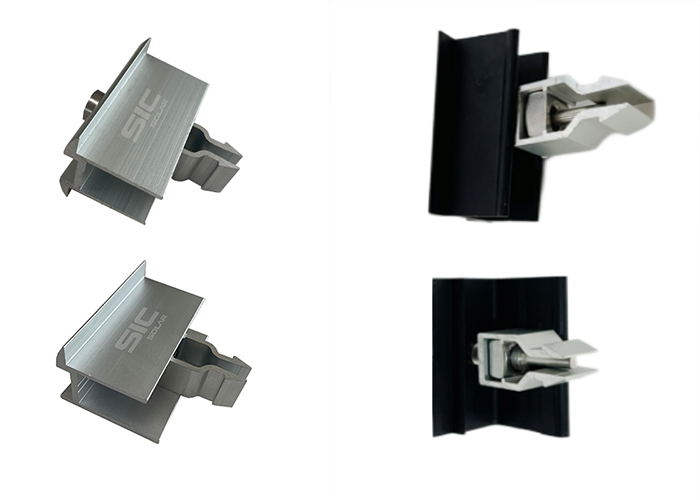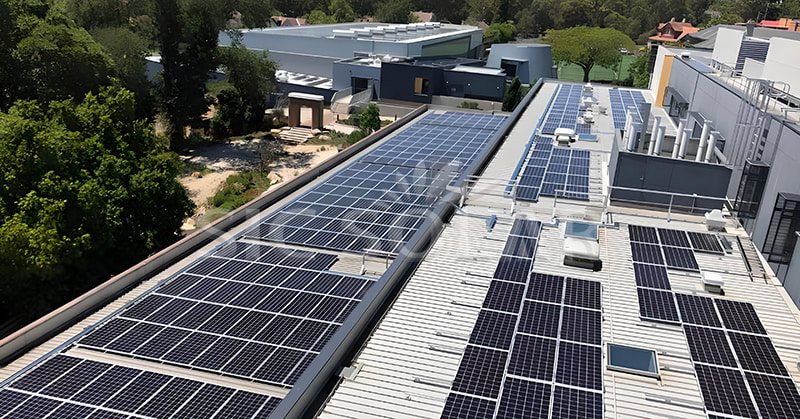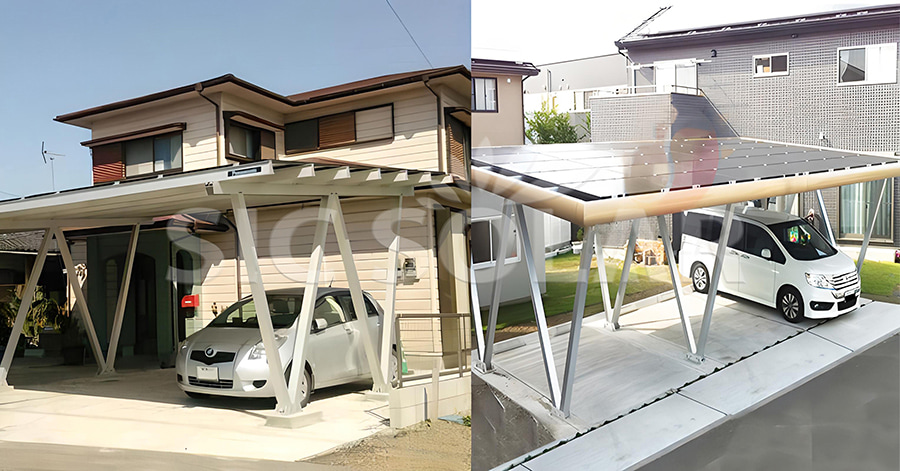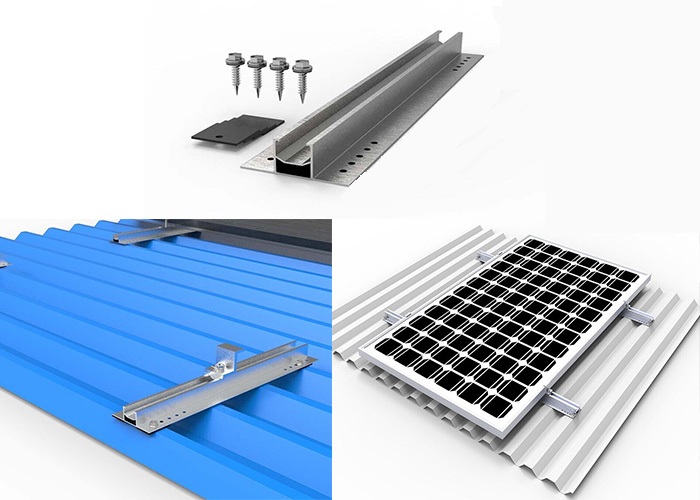Solar Powered Flood Lights for Commercial Applications
Businesses are looking for more sustainable and energy-efficient outdoor lighting options in the modern environment. Flood lights that run on solar power are quickly becoming more and more popular since they provide a useful and environmentally responsible substitute for conventional electric flood lighting systems. These lights use the sun’s energy to offer dependable lighting for businesses, lowering the environmental impact of energy use and electricity costs. Solar-powered flood lights are becoming a crucial component of contemporary commercial lighting solutions, whether they are used for parking lots, building facades, or outdoor event spaces.
Outdoor solar powered flood lamps are particularly well-suited for large commercial areas where constant lighting is required. These lamps are equipped with high-capacity solar panels that charge during the day, storing energy for nighttime use. With advancements in technology, solar flood lights are now brighter and more efficient, providing illumination for longer periods, even on cloudy days. This makes them a reliable option for businesses that need consistent lighting but want to avoid the high operational costs of traditional lighting systems.
One key benefit of solar-powered flood lights is their role in enhancing security. Solar LED security flood light systems are designed to offer bright, focused lighting that deters potential intruders and ensures the safety of employees, customers, and property. These lights are perfect for illuminating dark corners, entrances, and parking lots, where visibility is essential. Their motion-sensing capabilities further improve security, because they only activate when movement is detected, thereby conserving energy when the area is not in use.
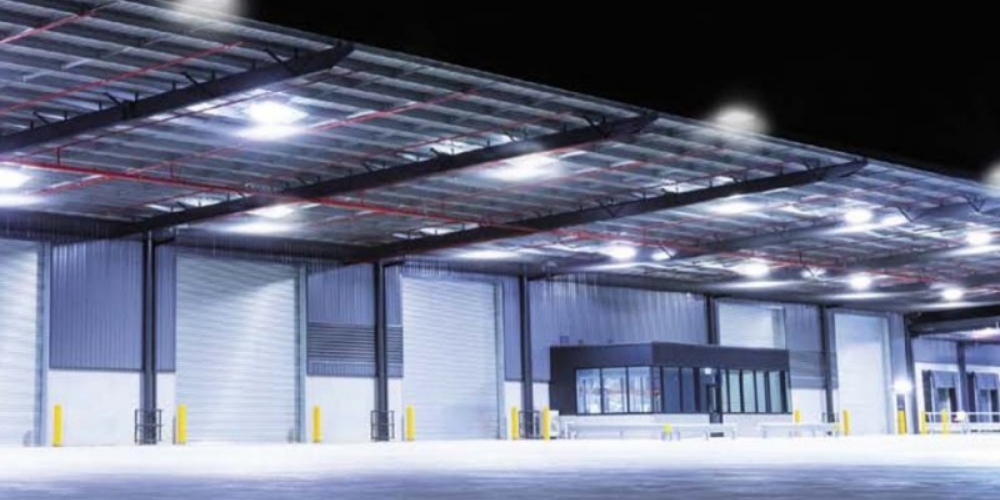
Many commercial solar flood lights are made from high-quality materials like aluminum, ensuring they are resistant to weather conditions such as rain, wind, and snow. Aluminum solar flood light designs are both lightweight and robust, offering long-lasting performance in outdoor environments. With no wiring or external power source required, installation is simpler, and the need for frequent maintenance is minimized, making them an ideal choice for businesses looking to reduce upkeep costs.
Solar powered flood lights provide numerous benefits for commercial applications. With options like durable aluminum solar flood light, businesses can elevate their outdoor lighting while promoting sustainability. At SLD, Solar Lights Do, we specialize in high-quality, energy-efficient solar lighting solutions. Please visit us at www.solarlightsdo.com to explore our wide range of products and find the perfect solar lighting for your commercial needs.

